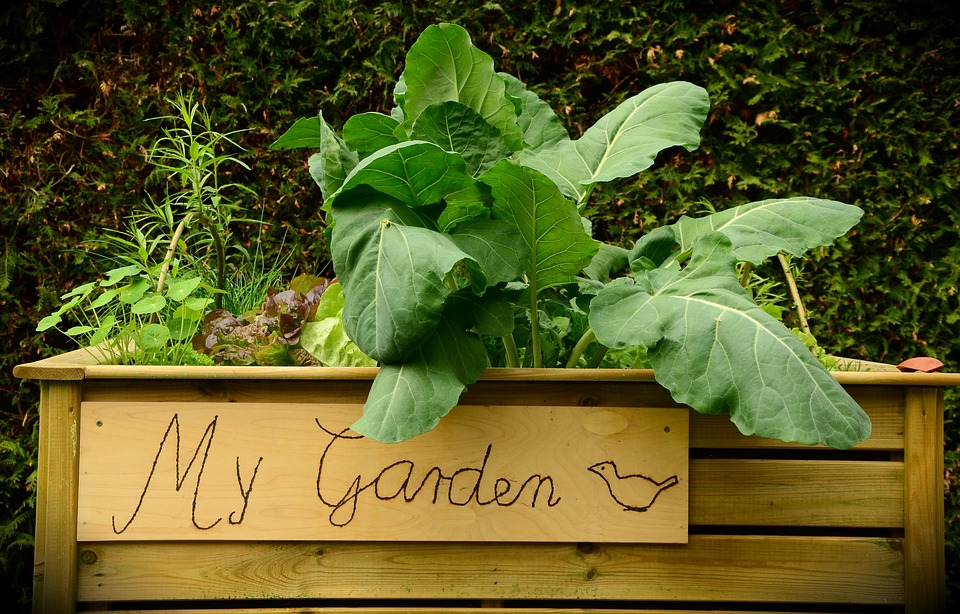When to trim Your Trees
Contents
When to trim? The end of winter is most often recommended
Trimming when healing is fast: during the vegetation period
When to trim? Avoid hot weather
When to trim different types of trees?
The trimming period for trees
It is essential to plan when to trim. You can trim all year long, except during the periods of sap movement, manifested by the budburst or the leaf fall in deciduous trees.
When to trim: the end of winter is most often recommended
Trimming just before the spring vegetation restarts is ideal, but trimming companies cannot reduce their winter work to this time frame. Furthermore, the bud break period should be avoided when the tree must mobilize all its reserves to set up its leaf mass or bloom. Winter is, therefore, the period most often chosen for tree trimming.
When to trim: the advantages of winter trimming
The true impact of frost on tree trimming is unknown. However, this season has several advantages for trimming:
The tree is in vegetative rest, and its natural reserves are maintained.
The absence of leaves on deciduous species:
it is easy to assess the trimming operations to be carried out;
and avoids having to remove large quantities of vegetation.
The bark presents less risk of tearing than when trimming green.
The disadvantages of winter trimming
In winter, during periods of severe frost, trimming is risky. The lack of security for the climber is not the only disadvantage:
The healing of the tree is impossible. Indeed, the tree cannot heal the trimming wounds, which will remain raw until the following spring. These wounds can be a source of infestation by diseases and fungi.
The gourmands (twigs growing strongly) or shoots (regrowth after a cut) appear more frequently at the place of the cut or upstream because the reserves stored in the roots, the base of the trunk, etc., are spared by the trimming. Therefore, the tree’s reaction is more vigorous and often requires a second pass to remove the suckers.
Trimming when healing is rapid
Trimming during the vegetation period during the growing season is alternatively called green/spring trimming. It is practised when the tree is “in sap”, i.e. in a growth period.
When to trim: the advantages of green trimming

Contrary to “dry trimming” done in winter, “green trimming” can be started as soon as the first leaves are well-formed and are completed by the end of August before the tree begins its sap flow. This has several advantages:
- The formation of the scarring bead starts more quickly, and the tree immediately sets up chemical barriers that compartmentalize the wood and protect it from external aggressions such as fungi, bacteria and insects.
- It also limits the appearance of suckers on vigorous trees (cherry, maple, etc.).
- It is part of the routine maintenance of architectural trimming (curtain trimming, canopy trimming, topiary, etc.). It should only be done on recent growth, during the summer before the wood hardens and sometimes a second time after the leaves have fallen. The maintenance of these forms can be carried out at most every 2 years.
- This gives the tree enough time to heal before the wet autumns and cold winters. Green trimming must be light so as not to disturb the tree in full vegetation. It does not affect the aesthetics of the tree insofar as the cuts are barely visible. It is most often a matter of lightening the foliage (the new growth) by thinning the crown (aerial part of a tree) and shortening the twigs in the case of architectural trimming.
The disadvantages of green trimming
Green trimming makes it possible to perfect the shaping but has some disadvantages:
- The presence of leaves on the branches increases the volume of vegetation to be removed after trimming.
- The period can coincide with the release of harmful fungus spores.
When to trim? Avoid hot weather
Hot weather is a stressful time for the tree, and the formation of wounds would expose the tree to more dehydration. On the other hand, the sudden exposure of the trunk to the sun’s rays can induce burns on thin bark (basswood, chestnut, cherry, sycamore maple, tulip tree, etc.).
Of course, removing foliage is a way to reduce the transpiration of a plant when taking cuttings, for example, but in the case of trimming, it is better to let the tree regulate itself. A lack of water will result in the browning or even the fall of part of the foliage and the appearance of dry wood that can be removed later.
Newly planted trees sometimes have their trunks surrounded by a strip of light-coloured jute to avoid sunburn. This protection is left on for two years after planting and is applied as soon as it leaves the nursery. It is not recommended to trim the branches when growing and as long as the recovery is not assured, although this practice is common!
When to trim different types of trees?
Trimming fruit trees is not done simultaneously as trimming forest trees, hardwoods or softwoods, for example. Following observations on specific species, periods are recommended according to the trimming. However, they are only indicative and must be adapted to the trimmer’s workload, to the geographical situation according to whether the winters are more or less rigorous and the summers hot or moderate.




1 thought on “When to trim Your Trees”